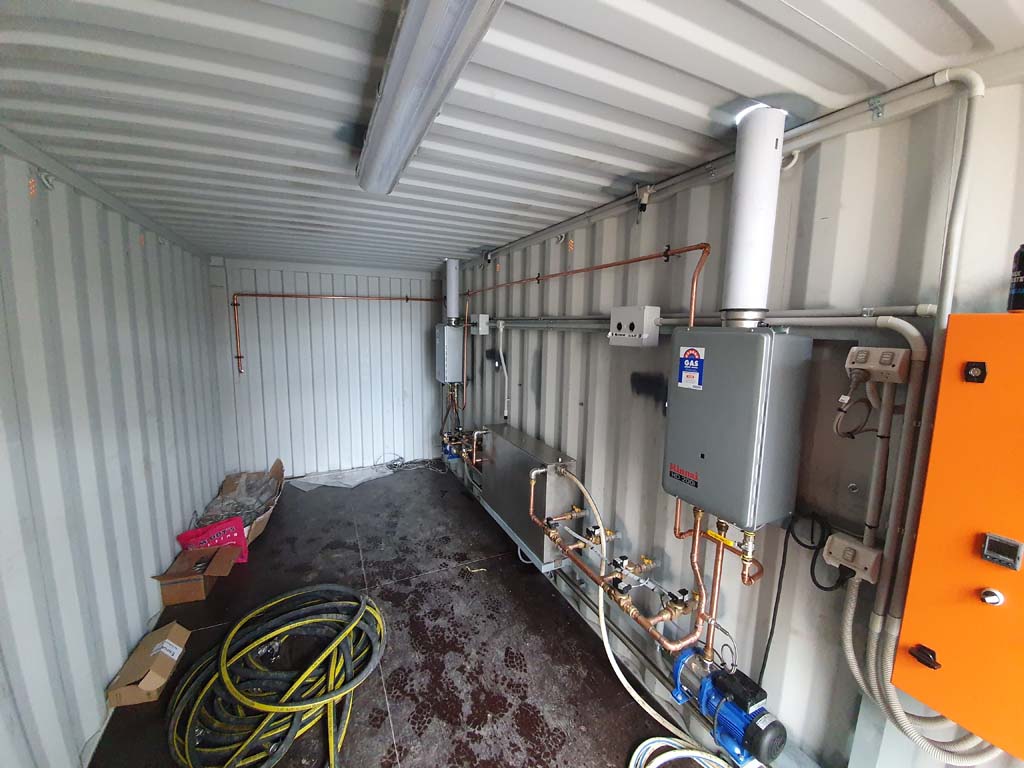High-Pressure and Low-Pressure Gas Piping Installation: Differences You Need to Know
27 March 2025
Gas piping installation is essential for the safe and efficient delivery of natural gas or LPG in residential, commercial, and industrial settings. Understanding the differences between high-pressure and low-pressure systems helps ensure safety, efficiency, and compliance with regulations. This article explores their key distinctions and applications.
Understanding Gas Piping Systems
Gas piping systems transport natural gas or LPG from the main supply to appliances like stoves, water heaters, and industrial machinery. Their efficiency and safety rely on proper materials, regulatory compliance, and professional installation. Based on pressure requirements, they are classified as high-pressure or low-pressure, each with distinct characteristics and safety considerations.
Key Differences Between High-Pressure and Low-Pressure Gas Piping
Pressure Levels
One of the primary distinctions between high-pressure and low-pressure gas piping systems is their operating pressure. High-pressure gas piping operates at significantly higher pressures, often exceeding 100 kilopascals (kPa). These systems are typically used in industrial and large-scale commercial applications where a higher volume of gas flow is required.
In contrast, low-pressure gas piping operates at a lower pressure, usually below 7 kPa, making it suitable for residential and small commercial settings. The lower pressure ensures a steady and safe gas supply for household appliances.
Materials and Pipe Sizing
The materials and sizing of pipes used in gas piping installation vary depending on the pressure level. High-pressure gas systems require robust materials such as steel or specially reinforced copper pipes to withstand the increased pressure. These pipes are designed to prevent leaks and maintain structural integrity under high-stress conditions.
Additionally, high-pressure systems often use smaller diameter pipes due to the increased velocity of gas flow. Conversely, low-pressure gas piping installations typically utilise polyethylene (PE) or flexible copper tubing, which is easier to install and more cost-effective. The pipes in low-pressure systems are usually larger in diameter to compensate for the lower pressure and maintain an adequate gas flow rate.
Safety Considerations
Safety is a critical factor in gas piping installation, and high-pressure systems require additional precautions due to the increased risk of leaks and potential hazards. These systems often incorporate pressure regulators, safety shut-off valves, and reinforced joints to mitigate risks. Regular inspections and maintenance are essential to ensure the integrity of high-pressure pipelines.
Low-pressure gas piping has fewer safety risks but still requires proper installation and maintenance. Although less severe, gas leaks in these systems can still cause health hazards and fire risks if not promptly addressed.
Regulatory Requirements
Both high-pressure and low-pressure gas piping installations must comply with Australian Standards, specifically AS/NZS 5601, which governs gas installations. High-pressure systems are subject to stricter regulatory requirements due to the potential dangers associated with elevated pressure levels. These regulations include mandatory pressure testing, reinforced pipe materials, and compliance with industrial safety guidelines.
Low-pressure gas piping installations must also adhere to regulations, but generally involve less stringent requirements. Regardless of the system type, professional gas fitting installation by licensed gas fitters is mandatory to ensure compliance with safety standards and legal obligations.
L&C Harding Plumbing: Your Trusted Gas Piping Installation Experts
Choosing the right gas piping system is crucial for safety and efficiency in residential, commercial, and industrial facilities. L&C Harding Plumbing provides expert installation services tailored to your needs while ensuring compliance with all safety regulations. Contact our licensed professionals for reliable and efficient gas piping solutions.

